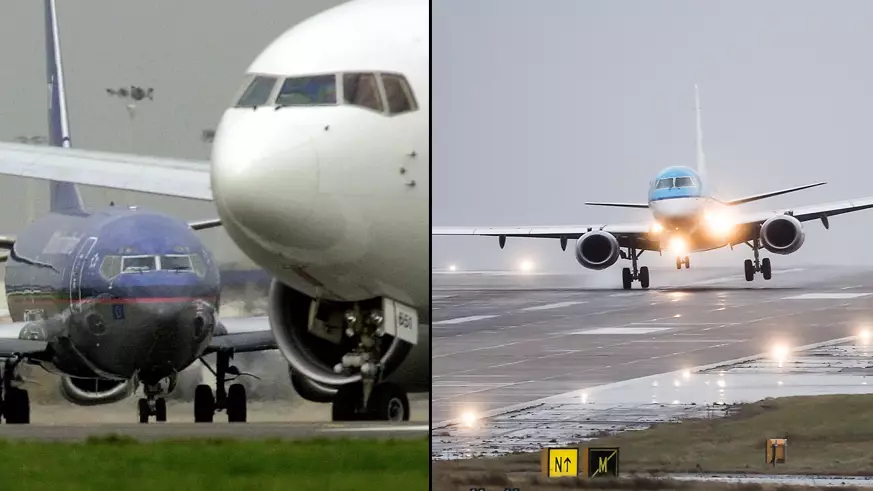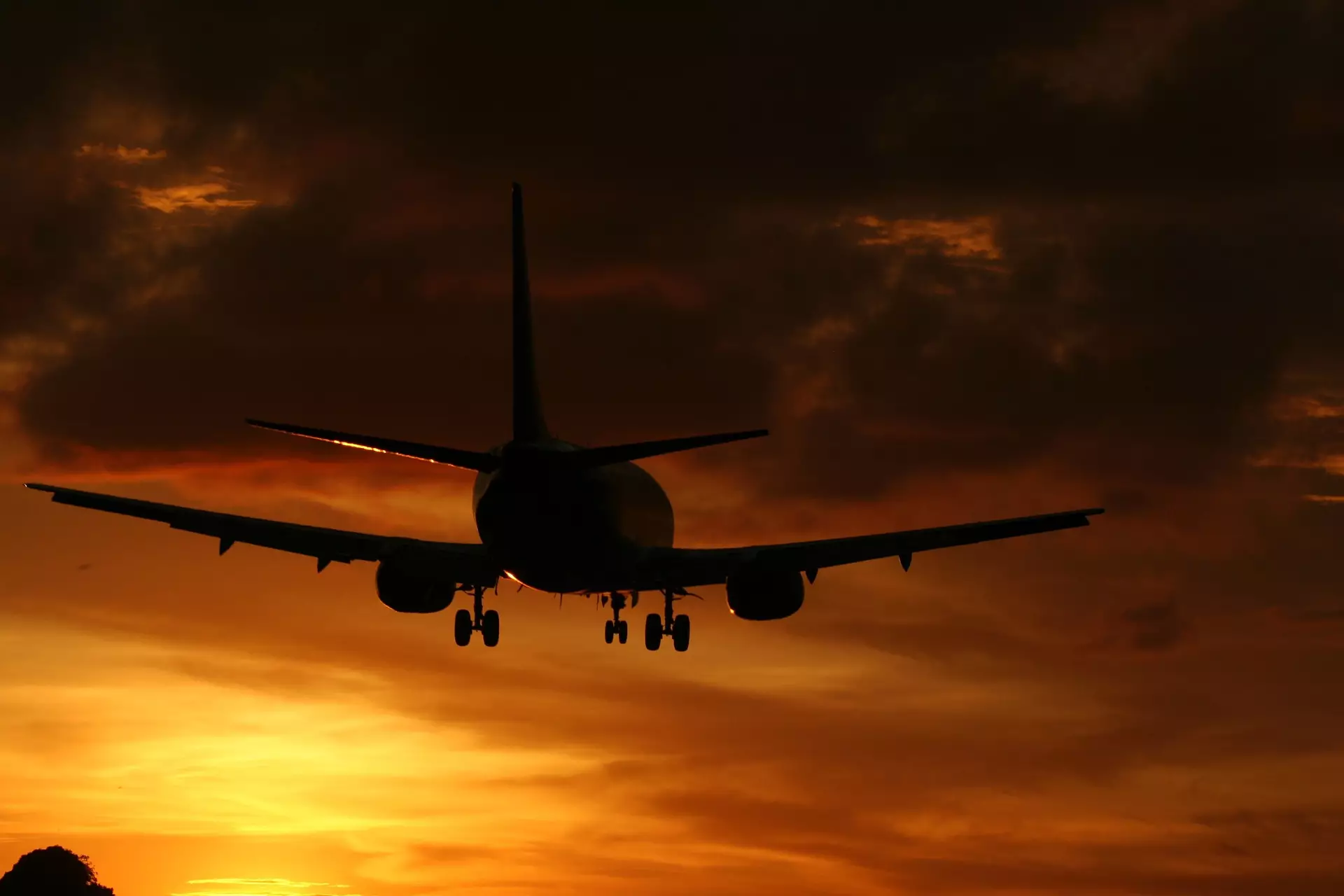
It's every nervous flyer's absolute worst nightmare.
You've managed to get through take off without vomiting all over the seat in front of you, the plane is cruising along steadily now and you're regaining your composure.
Maybe you're even managing a little flick through that glossy magazine and looking at some pictures of overpriced, oversized bars of chocolate... whatever, the point is you're settled in.
Advert
Then, out of nowhere, all the engines have failed and it's time to start checking your underpants and you fear the plane will start to quickly descend.

Credit: Creative Commons
But now some aviation experts have revealed that particular scenario would likely never occur.
Advert
It turns out that even if all of a plane's engines were to cut out, it would still be capable of gliding for a considerable distance.
It would hopefully be far enough to reach a landing strip, or at least some flat ground and not just enough to buy you a few extra minutes of panic.
Patrick Smith, author of Cockpit Confidential, wrote: "There's no greater prospect of instant calamity than switching off the engine in your car when coasting downhill. The car keeps going, and a plane will, too."
Apparently planes do this all the time, not just when they have no other option. In fact, gliding happens on pretty much every flight.
Advert
Patrick also writes: "It's not the least bit uncommon for jets to descend at what a pilot calls 'flight idle', with the engines running back to a zero-thrust condition. They're still operating and powering crucial systems, but providing no push. You've been gliding many times without knowing it. It happens on just about every flight.
"Obviously an idle-thrust glide is different from the engines quitting outright, but even then, the glide itself would be no different."
One serving long-haul captain based in the UK reinforced Patrick's comments, explaining to the Daily Mail that: "Typically a jet can glide about two miles for each 1,000ft of altitude."

Advert
Credit: Creative Commons
He continued: "So at 40,000ft cruise altitude the range of the aircraft to touchdown is about 80 miles.
"So pilots are trained in gliding techniques, but always with the idea that it buys time to get the engines re-started as the judgement needed to successfully land with zero power from 40,000 feet makes it a tricky business."
You might have noticed when you've been on a descending flight that the engine tone will seem to change suddenly and noise in the cabin seems to drop significantly - that is the plane entering 'flight idle'.
Advert
So, next time you're on a flight and the engines all pack in, don't worry, it'll be fine.
Featured Image Credit: